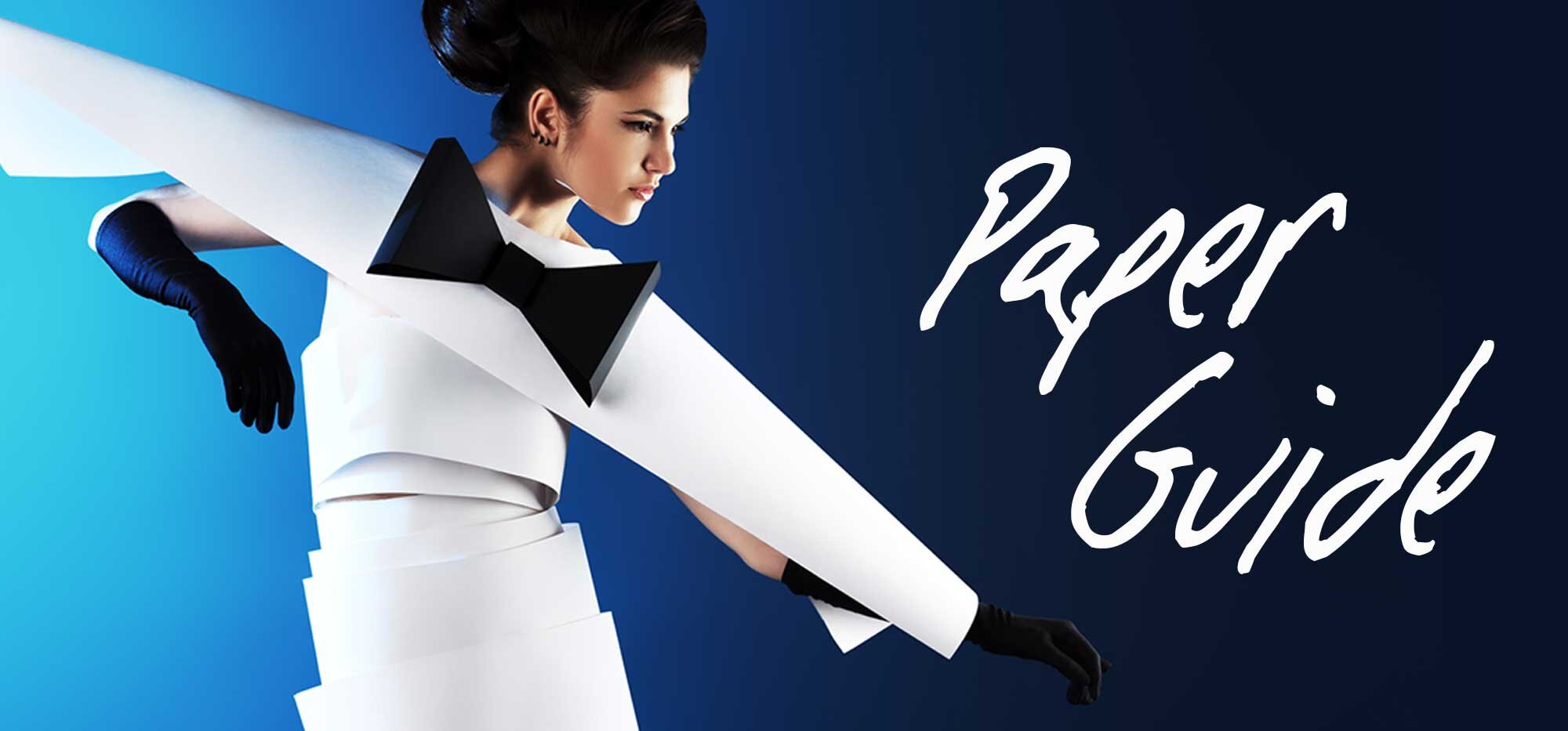Paper Guide : Weights, Finishes and Environmental Impact
People have used many different things to capture, record and communicate – materials as diverse as wax, papyrus, parchment and slate. Today paper is our hard copy medium of choice and this covers a wide variety of paper types that vary in composition, design, purpose, opacity, weight and thickness. Choosing the right one for your project requires some careful consideration, so we’ve put together a useful guide on your different options.
Gloss Coated Paper
Gloss coated paper has a high shine and very smooth finish. As the ink dries well there is no need for a seal varnish as the ink does not rub off. It’s a traditionally popular choice for promotional materials such as leaflets, brochures, flyers, magazines and posters. The gloss finish really suits eye-catching photography and helps colourful images jump off the page.
Matte Coated
Matte coated paper has a muted surface, refracting light to reduce any glare and characterised by a soft, textured finish. It’s popular for reading materials because of the low glare and is also easy to write on. Although it’s a matte finish there is a minimal sheen which will brighten your artwork one level up from uncoated stock and give it some protection.
Silk Coated Paper
Silk coated paper is the happy medium between gloss and matte, marrying a smooth, gloss finish without the high shine and retaining the premium feel that gloss-coated paper can possess. It offers excellent ink-to-paper contrast and printed colours appear bright and defined making it a great all-rounder.
Uncoated Paper
Typically used in most offices for business stationery, printing and copying, an uncoated finish makes this paper perfect for absorbing ink and pen work. However, the lack of coating means it can be prone to damage such as tears, scuffs and stains.
Uncoated paper has also undergone a renaissance in the design world because its porous nature and textured surface gives a more natural/vintage finish and tactile quality. It’s also an excellent canvas to pick out elements in different finishes such as foil. Modern printing methods such as LED UV print can produce a very crisp image on an uncoated surface, giving designers the best of both worlds.
Recycled Paper
Recycling continues to play an increasingly important role in a society looking for ways to reduce its environmental footprint. The University of Southern Indiana reports that every ton of recycled paper can spare 17 trees, 380 gallons of oil, 4,000 kilowatts of energy, 7,000 gallons of water and three cubic yards of space at the landfill. Improvements in the quality of recycled paper mean that the quality and performance is equal to that of virgin paper – particularly if choosing top-of-the-range recycled papers made from 100% de-inked waste.
Carbon-balanced Paper
Carbon-balanced paper is another popular way of caring for the environment. Put simply, carbon balancing is where the carbon impacts of a product or service have been estimated and an equivalent amount of carbon dioxide is either prevented from being released into or is absorbed from the atmosphere. So in the case of paper, the production process will be tied in to the purchase of ecologically important standing forests under threat of clearance, so carbon is locked that would otherwise be released. These protected forests are then able to continue absorbing carbon from the atmosphere, one of the swiftest ways to arrest the rise of atmospheric CO2 and global warming effects.
A Guide to Paper Weights
Weight is another important variable in paper choice. Paper weight is measured by grams per square metre (gsm) ie: the weight of a sheet of paper with a surface area of one square metre. Obviously increasing the weight will make your print more durable but it can also give it an increased perception of quality and gravitas.
Different weights are appropriate for different projects, for example 90 gsm is fine for most common office applications but would be too light for a leaflet as you would see the print through the sheet. So let’s have a look at your different weight options and what they are typically used for:
35-55 gsm: this is probably the lightest paper grade in general use, mostly used to print newspapers.
90gsm: uncoated paper which isn’t usually subjected to chemical treatments/finishes. It’s great for large quantities of text so it’s a good choice for general office paper, reports and book/magazine inner pages.
130gsm: this is really the minimum weight you’d want to use for a poster, leaflet or flyer.
170gsm: at this weight we are looking at a thin paperboard, a versatile weight available in many finishes for catalogues, presentations, certificates and posters.
350gsm: a semi-rigid paperboard that works well for decent quality business cards, covers and invitation cards.
400gsm: one of the heaviest paper types, 380gsm is best used for folders, packaging, rigid book covers, product tags and display covers.




